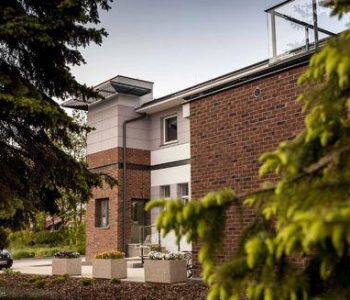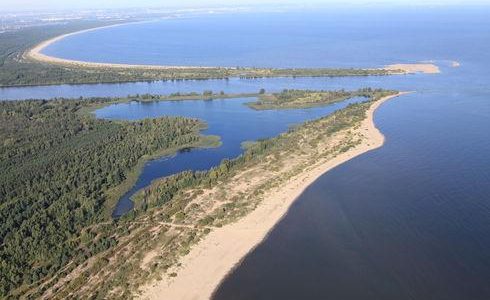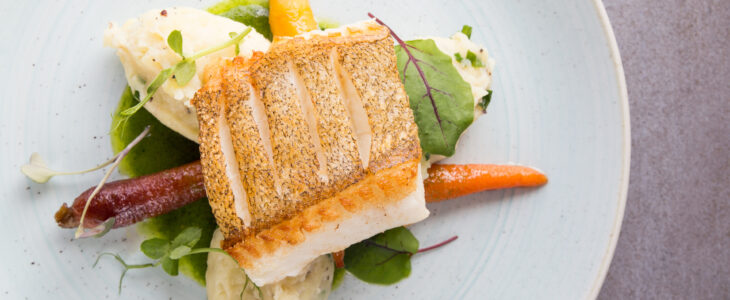The sculpture of that time served religious functions. Anonymous, self-taught sculptors drew on the religious art they were accustomed to, which is why folk sculptures expose noticeable Gothic and Baroque influences. The sculptures matched the village aesthetics well and were accepted by the people. Iconographic motifs employed in shrines often depended on the motifs for their foundation. If people wished to be delivered from yet another plague, a shrine was dedicated to St. Rosalia, who protects against pestilence, or St. Roch, who also looks after cattle. Other patrons included St. John of Nepomuk, who saves from floods, which is why his images were placed by the water, St. Florian (or St. Agatha in the north) who delivers from fire, St. Joseph who protects families, and St. Barbara – fishermen. Still, the most common are figures depicting Jesus Christ and Mary, who played a central role in worship. Such, and no other placement of shrines, was closely tied to the religious sensualism of the village people. The images of saints were treated literally, as actual beings endowed with senses. If a saint were to look after a certain domain of reality, they needed to be in direct contact with that domain.
With economic progress and increasing interest in “peasantry”, folk art, including sculpture, changed its face and functions. After World War II terminological problems surfaced about what should qualify as folk and what should not. The recipient also changed – it was no longer “peasantry”, the social stratum of the creator, but residents of towns, and foreign tourists. Numerous folk art contests sprouted up, largely forcing their creators to take up new, secular motifs that were completely alien to 19th-Century folk art. But contemporary folk artists are not bothered by the terminological confusion. Post-war Kociewie gave rise to many excellent sculptors who combined the sacred with the profane. The most prominent masters of post-war Kociewie sculpture included the late Jan Giełdon of Czarna Woda, Stanisław Rekowski of Więckowy, Alojzy Stawowy of Bietowo, and Alfons Paschilke of Smętowo.
Contemporary folk sculpture is thematically diversified. Artists choose the Mother of God, the Pensive Christ, and saints engrossed in prayer, as their themes equally often as they do scenes from Kociewie village life and folk groups, but also the surrounding nature, mostly birds. Contests, particularly in the times of the People’s Republic of Poland, forced artists to take on historical figures, and so we can now stumble upon a Copernicus or a Piłsudski. Famous figures are still chosen as themes, which is evidenced e.g. in the works of Zenon Miszewski from Starogard Gdański. Artists bring back to life the Kociewie villages of old, reviving its customs, manners and everyday life. Some artists “specialise” in sculpting birds. One of the most prominent of those was Jan Giełdon. Today this field is being led by the Brothers Zieliński – Edmund and Rajmund. A somewhat-forgotten art is toymaking, one representative of which is Leszek Baczkowski. Also well worth seeing are the works of Regina Matuszewska of Czarny Las, Jerzy Kamiński of Barłożno, Michał Ostoja-Lniski of Czarna Woda (the author of the scene of the crucifixion from the Szpęgawski Forest), whose local Ostoja tavern exhibits the works of folk sculptors. Also, when behind the wheel on Kociewie’s roads you can see more and more shrines and crosses (locally called boże męki), created by our contemporaries (such as the shrine in Zblewo or Czarna Woda).



















